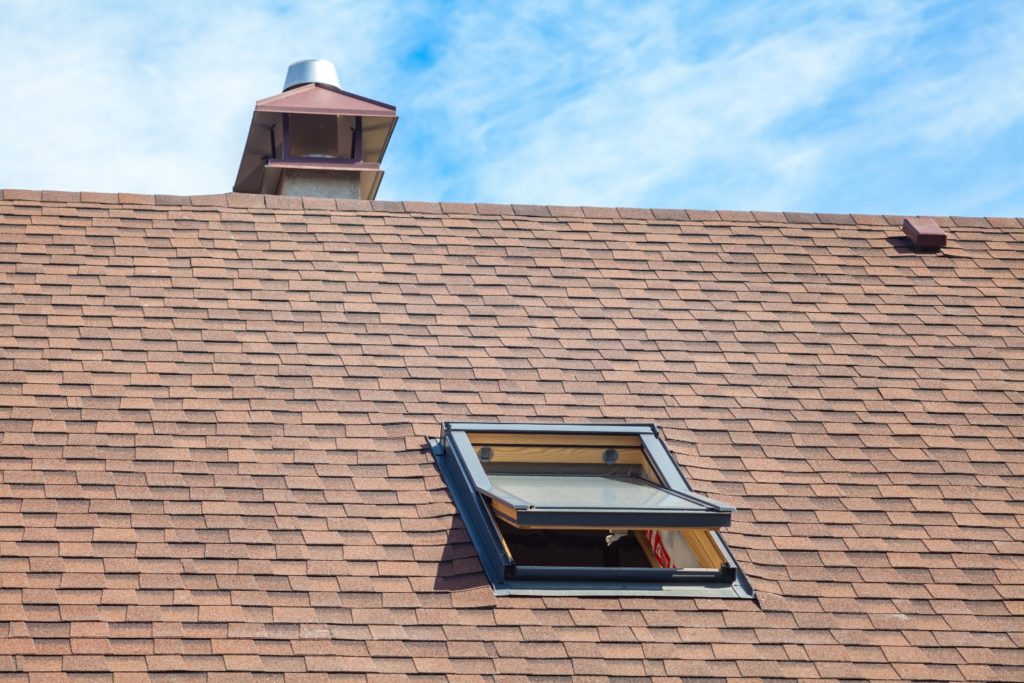Understanding Single-Ply Membranes
If you’re looking for roofing options for your commercial or industrial building, a single-ply roofing system could be your best option in terms of value, speed, and durability. It’s a common practice in the construction of commercial buildings to install a flat roof system. For a long time, these systems included multiple layers of materials, but these are now being replaced by single-ply membranes at a relatively steady rate.
Here at Pinnacle Roofing and Restoration, we know what goes into choosing the roofing system that’s right for you, and how important it is to understand which system and materials will work best for your particular building. Knowing the basics of the single-ply system and understanding the membranes that make them up will allow you to better assess its benefits and drawbacks for your building. Applying this knowledge to your particular situation will help you decide if a single-ply roofing option is the best choice for your project.
What is a single-ply roofing system?
Single-ply roofing membranes are designed to be installed in one layer. They provide great flexibility, are UV resistant, and come in a variety of materials. The finish is usually black or white, and will be glued, installed, or otherwise fastened directly over the roof insulation material. The specific type of installation will depend on each particular job and building type.
For structural roofs that don’t have a slope greater than 1-6” and are capable of withstanding additional loads, a ballasted roof will often be the preferred installation method. Steel or wood roofs can benefit from mechanically fastened single-ply membrane roofing. In fact, mechanically fastened single-ply roofing may be used on all types of slopes, and tend to be the preferred option in areas that are prone to hurricanes. A fully adhered single-ply roofing system is another option to consider. In this case, our expert team will attach the membrane with an adhesive recommended by the manufacturer. The adhesive itself might be asphalt, solvent-based or water-based. This method leaves a smooth finished surface, and can even be used along with colored membranes to provide a more aesthetic look.
What are the different types of single-ply membranes?
Single-ply membranes are generally categorized in two groups: thermosets and thermoplastics.
Thermoset membranes are composed of synthetic rubber polymers, such as EPDM, CSPE, and Neoprene, and can protect against sun damage, as well as a number of other harmful chemicals that frequently reside on roofs. Their manufacturing size minimizes or reduces seams, making thermoset membranes ideal for large roof areas that are heavily exposed to sunlight. Most EPDM black membranes will have carbon black as an additional component, increases the total UV protection. For white membranes, the manufacturer will often add titanium dioxide, increasing the reflective property against UV rays.
As you might expect from the name, thermoplastic membranes are formed from plastic polymers, generally either PVC (polyvinyl chloride) and TPO (thermoplastic polyolefin.) These polymers are made pliable by adding an element we call “plasticizers,” and include a reinforcement layer of polyester or fiberglass to provide additional strength and stability. Seams on thermoplastic single-ply membranes can be hot-air welded together to form cohesive laps.
Both thermoset and thermoplastic single-ply membranes are highly flexible and resistant to UV radiation. They tend to be relatively easy to install, but will generally be incompatible for combined use with other single roofing systems.

What are some of the benefits of a single-ply roofing system?
Single-ply membranes can provide a number of benefits to your commercial building, including:
- protection against acid rain conditions, which can cause early roof deterioration
- excellent performance when the weather shifts dramatically – these roofing systems are built to survive severe changes in weather, and offer a diverse assortment of options specializing in protection against specific threats
- holding up under the presence of chemical materials
- a wide variety of grades available
- lightweight and easy to install
- economically feasible
- reflective properties that protect from UV radiation
- lower installation costs
- maintenance and repair costs are usually generally lower
- recyclable – a removed single-ply flat roof membrane can be recycled
- ease-of-access when it comes to maintenance and repairs
- energy efficiency due to less unused space under the roof to heat or cool
- fewer repairs and less deterioration
Are there any drawbacks to a single-ply roofing system?
Like any other product, there are some disadvantages to single-ply membranes that must be considered when choosing the roofing option that works best for your building.
- The lighter, thinner surface layers can be more easily punctured
- Problems with the seams may arise at some point
- Can be more susceptible to water retention problems
- The overall lifespan may be relatively short when compared to other options

Offering you the best single-ply roofing system in the Mid-South
When it comes to single-ply membranes, Pinnacle Roofing and Restoration will provide you with the materials that offer the most effective performance, the longest lifespan possible, and a maximum return on your investment. Our team is experienced in installing all types of single-ply flat roof systems, including EPDM, TPO, and PVC membranes. We have installed single-ply roofing system across the Mid-South for a variety of facilities and structures.
Pinnacle Roofing and Restoration is passionate about providing high-quality workmanship for residential and commercial clients in Memphis and the surrounding areas. If you would like to learn more about single-ply roofing systems or single-ply membranes, and how these can be a practical, affordable choice for your commercial building, get in touch with us today to schedule a free roofing estimate and consultation.
